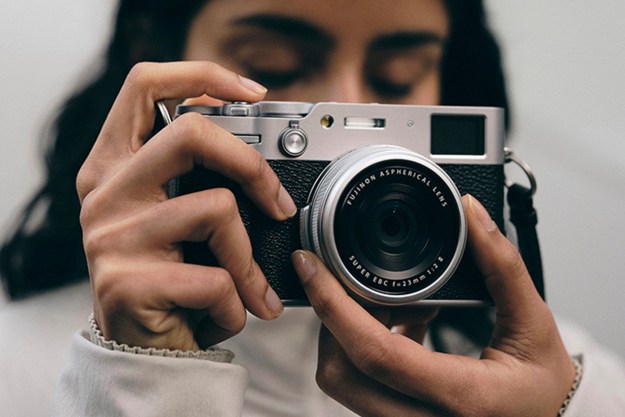If you think of Mount Everest, the imagery you bring to mind probably features dramatic vistas of snow-covered rock and bright blue skies.
Keen to show it in quite literally another light, filmmaker and photographer Elia Saikaly braved freezing cold nights on the mountain to shoot a stunning time-lapse of the world’s highest mountain and the star-filled skies beyond.
The result, we’re sure you’ll agree, is a movie as beautiful as it is mesmerizing.
“While most climbers slept, I attempted to capture some of the magic that the Himalayan skies have to offer while climbing to the top of the world,” Saikaly wrote in a post accompanying his latest work.
The Canadian shot the content using a Canon 1D C camera, two 5D Mark IIIs, a 5DS R, and lenses with focal ranges of 11-24mm, 16mm, and 24mm. The gear was set up at around 6,200 meters (camp 2) above sea level to capture Everest’s peak, which stands at 8,848 meters.
“We slept at 6,000 meters for three consecutive nights on the summit of Mt. Lobuche East waiting for a glimpse of Everest from that vantage point,” Saikaly wrote. “Around 11 p.m. on the second night, the skies opened up and the top of the world revealed herself in all of her glory.”
The photographer, who spends a good deal of his time gazing skyward, said he’d never seen the Milky Way so visible until he shot this footage, describing it as “so clear, so vivid, and so very much alive.”
But it wasn’t all plain sailing. Problems included cameras and batteries freezing up, as well as shutters failing to operate in the extreme conditions. It was, of course, also tough for Saikaly himself. “The high-altitude environment is debilitating at best. Your body is taking a constant beating by the low levels of oxygen in the atmosphere. The higher you climb, of course, the worse this becomes.”
Despite the challenging conditions that the location presents, the filmmaker describes the Himalayas as his “comfort zone,” explaining that it’s the place where “the combination of my love for imagery, astrophotography, storytelling, and connection with the mountains all intersect.”
Saikaly built his time-lapse in Lightroom and Premiere and chose Dexter Britain’s The Time To Run for its soundtrack.
Editors' Recommendations
- Can you spot Mount Everest in this dreamy photo taken from 250 miles up?
- Awesome space walk time-lapse shows a day at the office 250 miles up
- A photographer is shooting a 30-year time-lapse of NYC. Here’s how, and why


